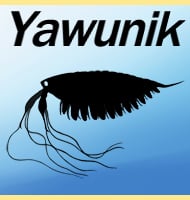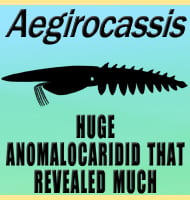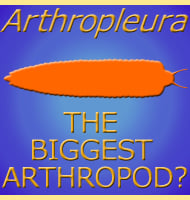Yawunik
In Depth Yawunik has been a very big insight into how modern arthropods may have developed the features that they are known for. In modern (and most prehistoric forms), different functions such as sense, grasping, walking, etc. are usually divided to specific body parts. In Yawunik however you can see body parts adapted that are … Read more


